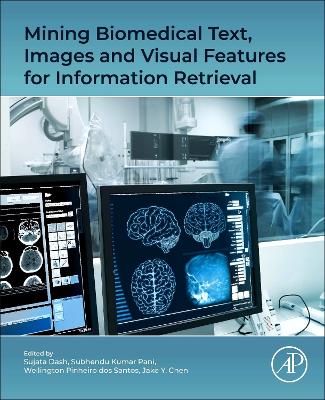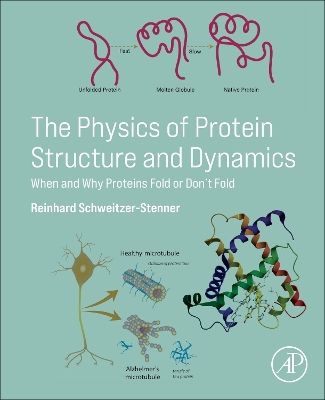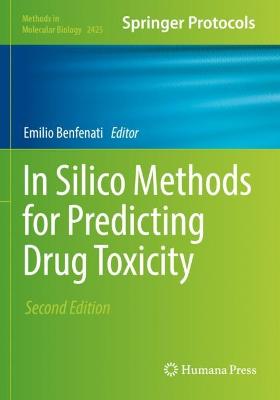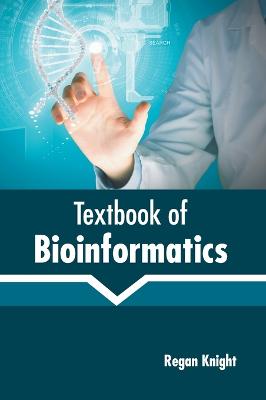Computational Toxicology
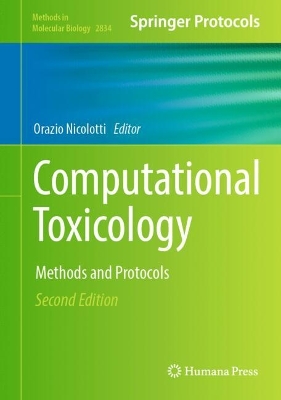 portes grátis
portes grátis
Computational Toxicology
Methods and Protocols
Nicolotti, Orazio
Springer-Verlag New York Inc.
11/2024
447
Dura
9781071640029
Pré-lançamento - envio 15 a 20 dias após a sua edição
Descrição não disponível.
QSAR: Using the Past to Study the Present.- Molecular similarity in predictive toxicology with a focus on the q-RASAR technique.- Weight of Evidence: criteria and applications.- Integration of QSAR and NAM in the Read Across process for an effective and relevant toxicological assessment.- Automated workflows for data curation and machine learning to develop Quantitative Structure-Activity Relationships.- Applicability Domain for Trustable Predictions.- The potential of molecular docking for predictive toxicology.- Computational toxicology methods in chemical library design and high-throughput screening hit validation.- Toxicity potential of nutraceuticals.- Development, use and validation of (Q)SARs for predicting genotoxicity and carcinogenicity: experiences from Italian National Institute of Health activities .- Adverse outcome pathways mechanistically describing hepatotoxicity.- Machine learning in early prediction of metabolism of drugs.- In vitro cell-based MTT and Crystal Violet assays for drug toxicity screening.- Recent advances in nanodrug delivery systems production, efficacy, safety and toxicity.- Investigating the benefit-risk profile of drugs: from spontaneous reporting systems to real word data for pharmacovigilance.- MolPredictX - a Pioneer Mobile App Version for Online Biological Activity Predictions by Machine Learning Models.- TIRESIA and TISBE, explainable artificial intelligence based web platforms for the transparent assessment of the developmental toxicity of chemicals and drugs.- PFAS-Biomolecule Interactions: Case Study Using Asclepios Nodes and automated Workflows in KNIME for Drug Discovery and Toxicology.
Este título pertence ao(s) assunto(s) indicados(s). Para ver outros títulos clique no assunto desejado.
Target-specific models;Data modeling;Predictive toxicology;Web applications;Drug discovery
QSAR: Using the Past to Study the Present.- Molecular similarity in predictive toxicology with a focus on the q-RASAR technique.- Weight of Evidence: criteria and applications.- Integration of QSAR and NAM in the Read Across process for an effective and relevant toxicological assessment.- Automated workflows for data curation and machine learning to develop Quantitative Structure-Activity Relationships.- Applicability Domain for Trustable Predictions.- The potential of molecular docking for predictive toxicology.- Computational toxicology methods in chemical library design and high-throughput screening hit validation.- Toxicity potential of nutraceuticals.- Development, use and validation of (Q)SARs for predicting genotoxicity and carcinogenicity: experiences from Italian National Institute of Health activities .- Adverse outcome pathways mechanistically describing hepatotoxicity.- Machine learning in early prediction of metabolism of drugs.- In vitro cell-based MTT and Crystal Violet assays for drug toxicity screening.- Recent advances in nanodrug delivery systems production, efficacy, safety and toxicity.- Investigating the benefit-risk profile of drugs: from spontaneous reporting systems to real word data for pharmacovigilance.- MolPredictX - a Pioneer Mobile App Version for Online Biological Activity Predictions by Machine Learning Models.- TIRESIA and TISBE, explainable artificial intelligence based web platforms for the transparent assessment of the developmental toxicity of chemicals and drugs.- PFAS-Biomolecule Interactions: Case Study Using Asclepios Nodes and automated Workflows in KNIME for Drug Discovery and Toxicology.
Este título pertence ao(s) assunto(s) indicados(s). Para ver outros títulos clique no assunto desejado.

